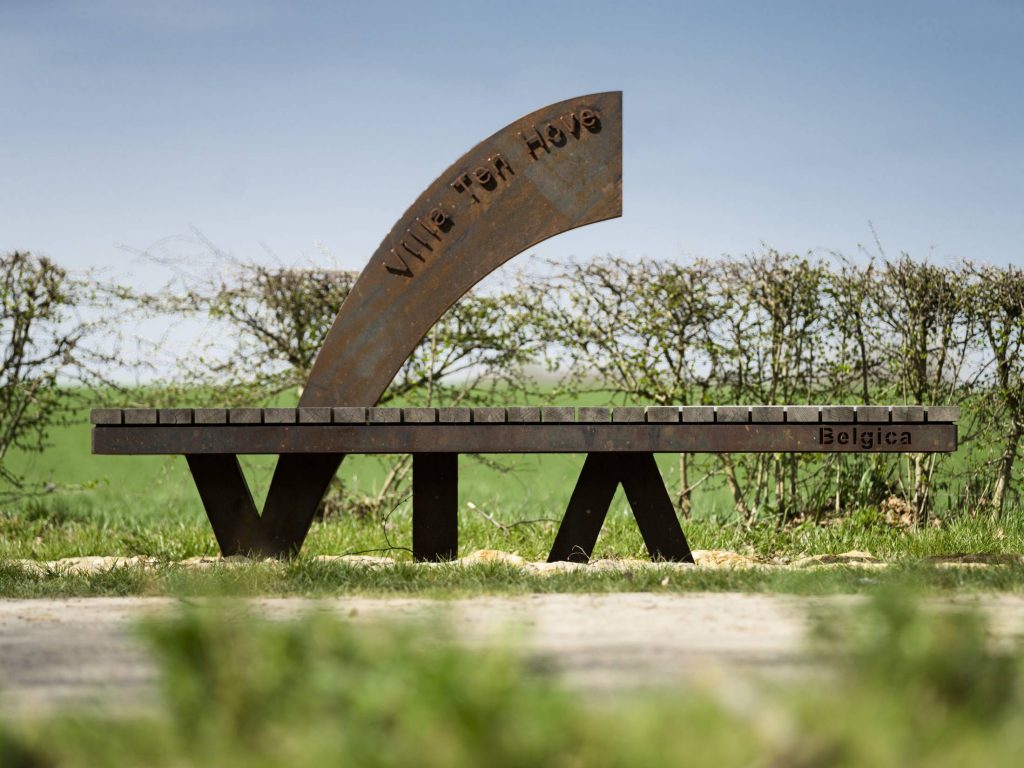Villa Voerendaal
Steinweg, Voerendaal
What a stark contrast with today: a vast field where once stood the largest Roman villa in the Netherlands. This impressive agricultural estate was ten times larger than the average modern farm. Its gigantic façade, with a colonnade almost 200 meters wide, must have been incredibly impressive.
In the time of Villa Ten Hove, grain was worth its weight in gold. Enormous quantities of spelt were cultivated here, a nutritious grain introduced by the Romans. To store the immense harvests, there was a matching granary. The wealth this generated provided the landowner with a luxurious residence. Remains of a bathhouse, underfloor heating, mosaics, and wall paintings have been found.
A special feature of the excavations at Villa Ten Hove is the study of plant remains. This so-called archaeobotany reveals invisible information from the soil, such as charred grains or tiny pollen. Thanks to this, we know—two thousand years later—that spelt was widely cultivated here and that herbs were grown for cooking, a typical Roman practice.
Villa Voerendaal
Fun to know
- South Limburg: the granary of the Romans
- The Romans quickly realized how fertile the loess soil in South Limburg was. They gratefully used it to cultivate vast amounts of spelt. On a smaller scale, other grains were also grown, such as emmer, wheat, millet, barley, rye, and oats. This grain was transported via the Via Belgica towards the Rhine, where thousands of Roman soldiers were stationed to defend the borders of the Empire. For all those hungry mouths, South Limburg was the granary.
- Columns and symmetry
- Before the Romans ruled South Limburg, Celts lived in this region. They lived in huts made of clay and wood. The Romans took a different approach: they built houses of Kunrader stone laid with mortar, a precursor of concrete. Roofs were no longer made of thatch, but of ceramic tiles. They created many different rooms in a house, equipped with floor and wall heating. The interior walls were decorated with frescoes and sculptures. In terms of architecture, there were many southern influences: the Romans loved colonnades and symmetry.
- Cooking with herbs
- Seasoning dishes with herbs was a Roman custom, unknown here before their arrival. Strong herbs were often used to improve the taste of food that was already somewhat “past its date.” The Roman Marcus Gavius Apicius wrote a cookbook in which we read that he seasoned almost every dish with lovage, a herb we now know as the “Maggi plant.”
